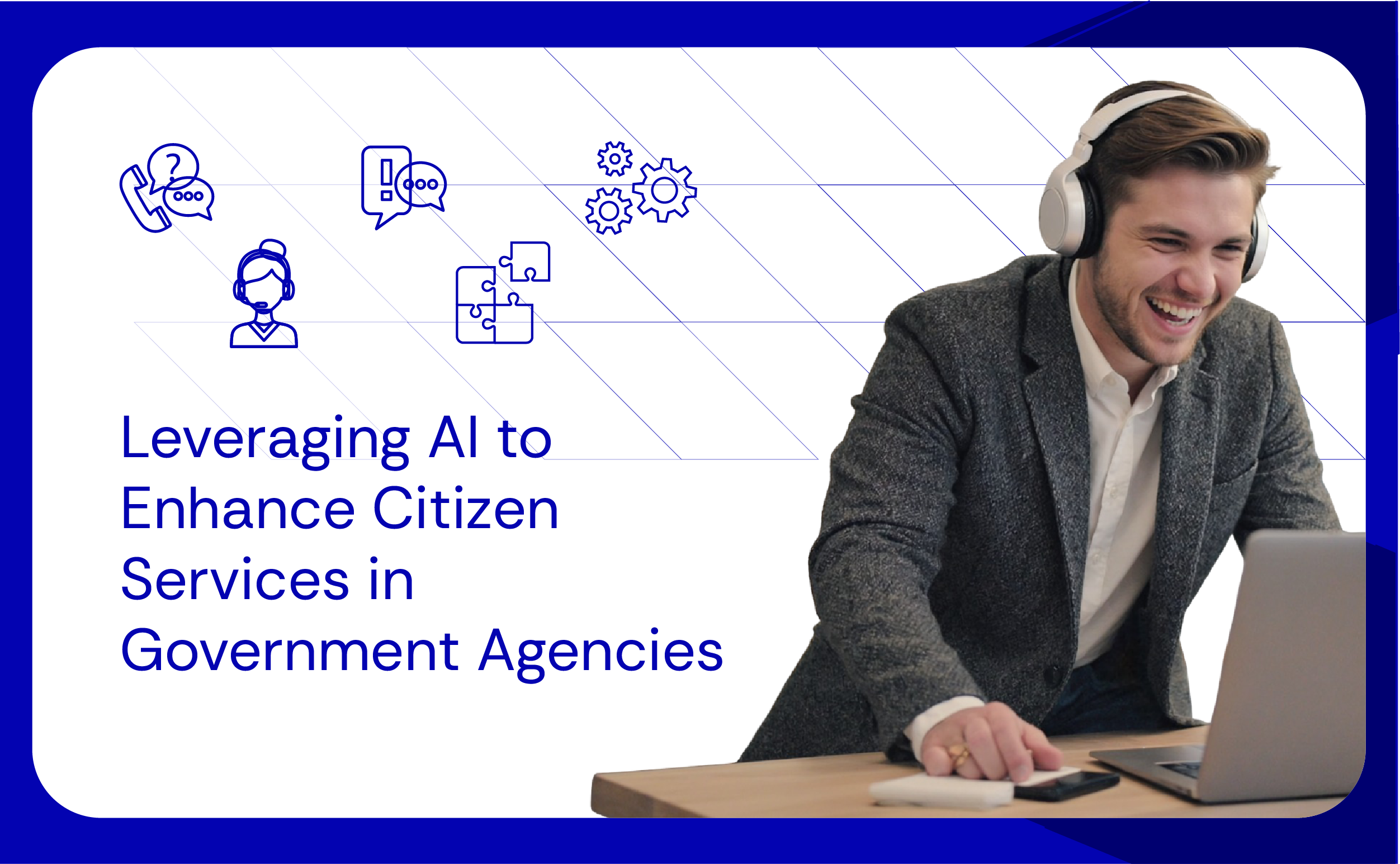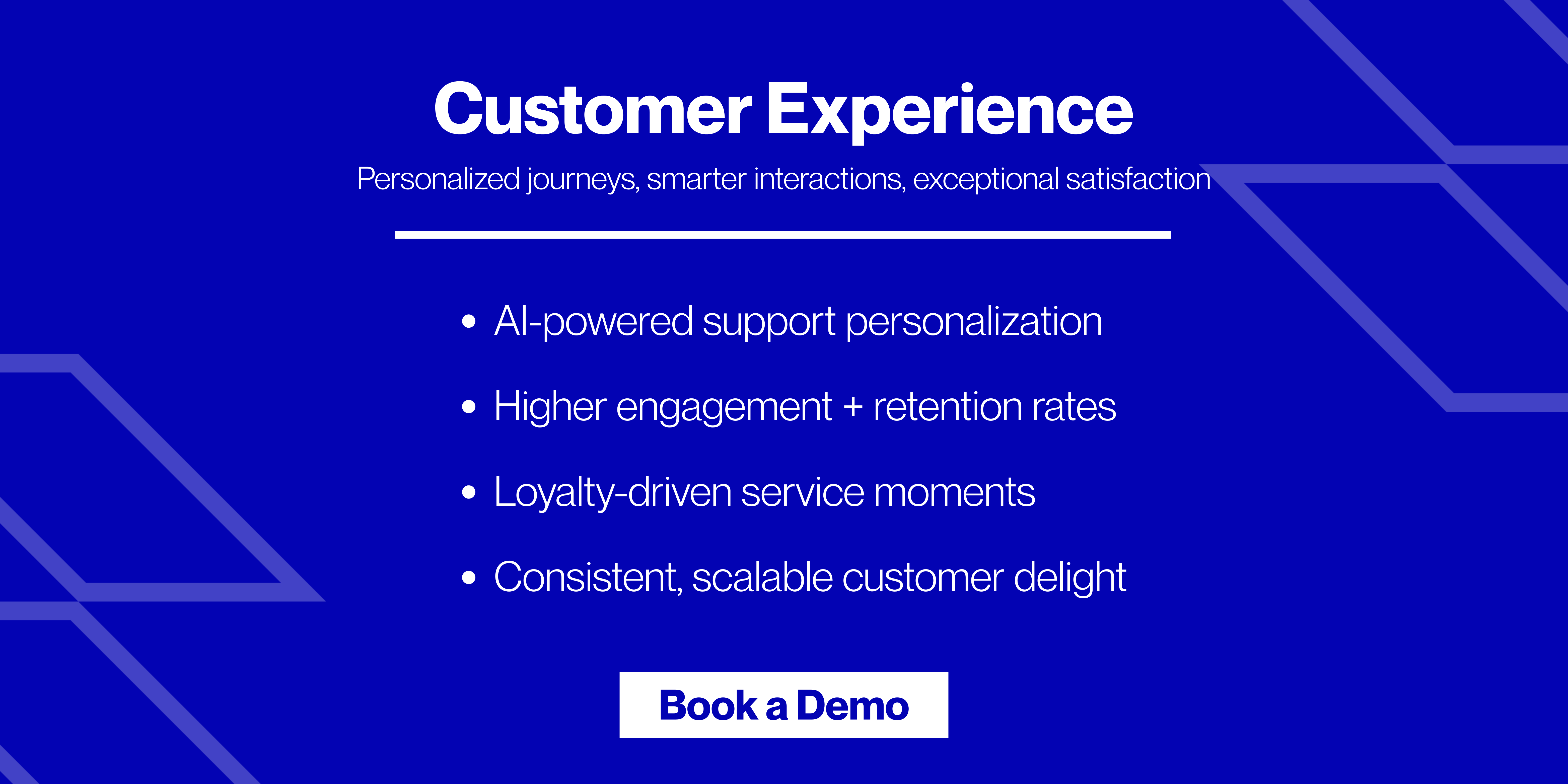Nowadays, AI is being used in citizen services to make them faster, easier, and more accurate for people. It helps with tasks like form processing, public safety, and fraud detection.
The US is a tech-savvy nation! The country started exploring AI technology as early as the 1980s. In 1985, the Social Security Administration signed the first official AI-related contract.
However, AI was still new back then! The technology wasn’t advanced enough for practical use in citizen services.
But things started to change in the 2010s. This period saw:
- Better internet systems
- Faster computers
- More ways to store and manage data
Such an environment supported a technology as advanced as AI. As a result, government departments began using it to offer superior citizen services. By 2019, the U.S. even officially made AI a “national priority”.
This latest technology is now helping the government in the following ways:
- AI handles routine work like sorting documents or answering questions
- It reduces mistakes by removing human error in repetitive tasks.
- AI in government leads to faster decision-making as it can process vast amounts of information in seconds.
These efforts are significantly improving citizen services. Due to AI in government, citizens can now expect more reliable digital services from government offices.
Today, AI reduces errors, automates repetitive work and enables real-time decision-making. This leads to faster, more reliable digital services that improve citizen experiences.
Do you want to know specific use cases of AI in public services? In this article, let’s understand in detail how government agencies are using AI to make citizen services better.
The Growing Use of AI in Government Operations
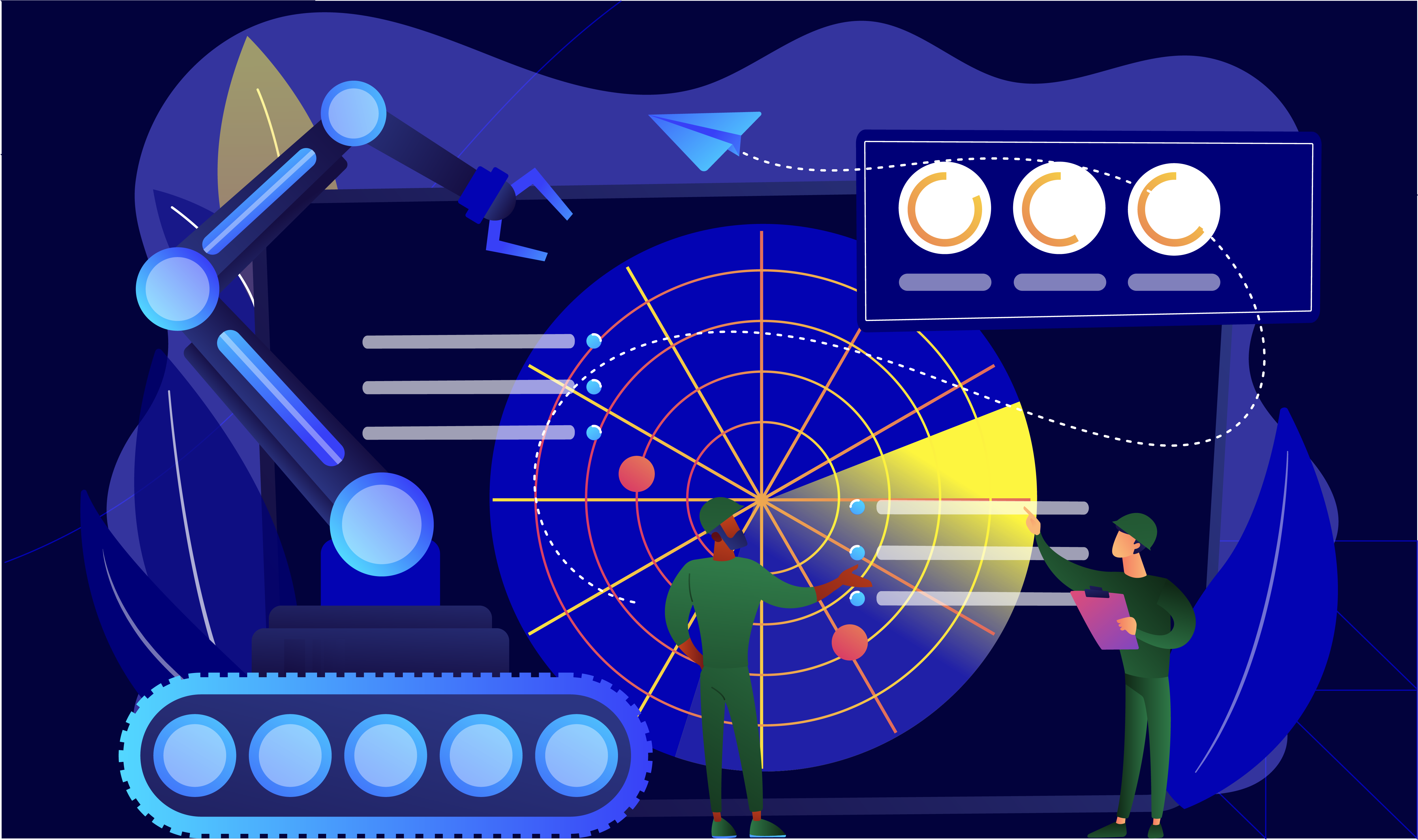
The US wants to become a global leader in using AI. It aims to improve how the government works and delivers citizen services. To do this, the country is planning to use AI more deeply within its Digital Public Infrastructure (DPI).
This plan includes three main steps:
| Step I: Investing in R&D | Step II: Modernising workforce skills | Step III: Public-private partnerships |
| Spending money on research and developing new AI technologies. | Training government employees and workers to use AI tools. | Working together with private companies to build and apply AI systems. |
McKinsey estimates that AI could add up to 14.5% to U.S. GDP by 2030, translating to trillions of dollars in value and will create:
- New business opportunities
- Boost productivity
Additionally, studies show that AI could boost US GDP growth by up to 0.4 percentage points annually (starting around 2027). It will also offer productivity gains of 1.5 percentage points per year over a decade.
7 Use-Cases of AI in Government
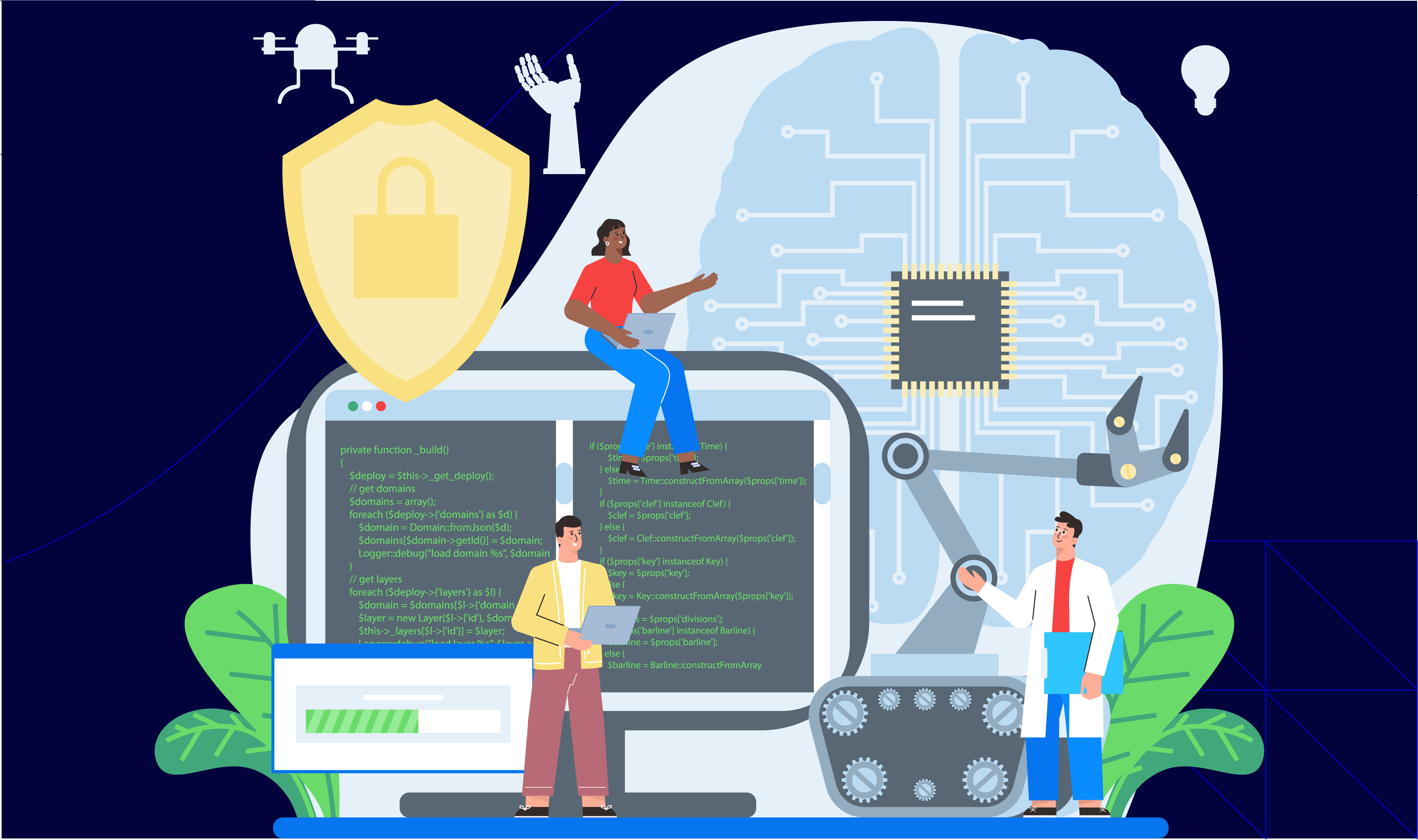
By the end of 2025, the AI market size in the US is projected to reach nearly $74 billion. And, by 2031, it is expected to reach a whopping $310 billion through new business and improved citizen services.
Also, AI investments could represent up to 4% of US GDP in the longer term. Encouraged by these stats, the government is now prioritising the use of AI in public services. Let’s see how:
1. AI-Powered Chatbots for Public Support
Governments are using AI chatbots and virtual assistants to answer citizens’ questions anytime. These tools work in multiple languages.
For example,
- Say someone has a question about a government scheme or needs help filling out a form.
- Now, users can speak to these chatbots for government services instead of visiting an office.
New York City integrated IBM Watson into its 311 system to provide faster, multilingual responses. This allows the council to offer faster and more accurate responses to citizen inquiries.
Business leaders in consumer brands can apply similar models in CX, to reduce wait times and improve CSAT.
Even you, as a business owner, can use these chatbots for government services to quickly find out about:
- Tax filings
- Permits
- Other government processes
2. Automation of Government Processes
AI in government is being used to automate tasks such as:
- Checking documents
- Processing tax returns
- Sending subsidies
This means that instead of a government employee reviewing each file, AI systems can scan and verify documents based on set rules. For example,
- Say a farmer applies for a subsidy.
- Now, they do not need to wait for manual checks.
- That’s because the AI system can approve and release the amount faster
Recently, the US Department of Veterans Affairs used AI tools to automate claims sorting and review. This usage claims reduced processing time from 10 days to 0.5 days
Similarly, business tax filings that used to involve long queues and paperwork are now processed online. In this way, AI in government boosts citizen services by:
- Removing delays
- Reducing the chances of human mistakes
- Allowing business owners like you to get faster approvals (without needing middlemen).
For brands with $5M+ revenue, this mirrors how AI can streamline internal workflows like finance or compliance.
3. Predictive Analytics for Policy Making
Nowadays, governments are using AI to study large amounts of data. This allows them to:
- Understand/ predict problems before they happen
- Devise better public policies
Let’s see how AI in government works in different sectors and enhances citizen services:
| Healthcare | Agriculture | Urban Planning |
|
|
|
These same predictive models are being applied by D2C companies to predict customer churn and improve engagement.
4. Smart Cities and Infrastructure
The US is using AI to manage problems in cities like:
- Traffic jams
- Power usage
- Public safety
This significantly enhances citizen services. AI is now also helping traffic departments to control signals based on real-time vehicle flow. This reduces waiting time and improves road movement. Additionally, AI cameras with facial recognition are helping to:
- Track crowds
- Find suspects during events or emergencies
Also, these systems quickly match faces with police records to support investigations. For you as a business owner, it leads to safer public areas and better transport routes. All of this supports your day-to-day business operations in urban settings.
Global studies estimate that AI-powered smart city solutions could save governments $277 billion annually by 2030.
5. Personalised Citizen Services
AI in government allows authorities to offer more personalised citizen services by studying patterns in citizen data, such as:
- Income level
- Age
- Location
- Previous interactions.
Instead of waiting for people to ask for help, AI allows agencies to identify who might need a service and then reach out directly. For example,
- Say someone’s income drops.
- Now, an AI system used by a “local housing authority” could detect this.
- It automatically checks if the person qualifies for a housing program.
- If they do, the system sends them an alert or message with relevant information.
These efforts lead to proactive eligibility identification and outreach. It significantly improves citizen services. Similarly, consumer brands use AI personalization to deliver targeted offers and loyalty rewards.
6. Citizen Engagement via Multilingual Apps
Nowadays, AI-based apps are helping people understand government schemes and complete online tasks. These apps are making services more accessible to:
- Non-English speakers
- Those with disabilities
Additionally, the government is now using conversational AI. It enhances citizen services by helping users to:
- Fill out forms
- Book official appointments
- Ask for help online
This reflects how AI-driven omnichannel apps are reshaping customer engagement in retail and e-commerce.
7. Fraud Detection and Security in Public Services
AI in government is getting used to stop fraud in areas like:
- Tax filing
- Welfare payments
- Subsidy transfers
These systems scan large sets of data to find patterns that suggest cheating or misuse. For example,
- Say someone tries to claim the same subsidy twice or uses fake documents.
- Now, the AI tool can flag it immediately.
- This keeps public money from being wasted.
This is highly important because governments worldwide lose a major portion of their money to fraud every year. Global fraud losses in public services are estimated between $233B–$521B annually (OECD). By using AI in public services, they hope to stop this loss and enhance citizen services.
Want to Use AI in Your Business? Let Atidiv Do It For You!
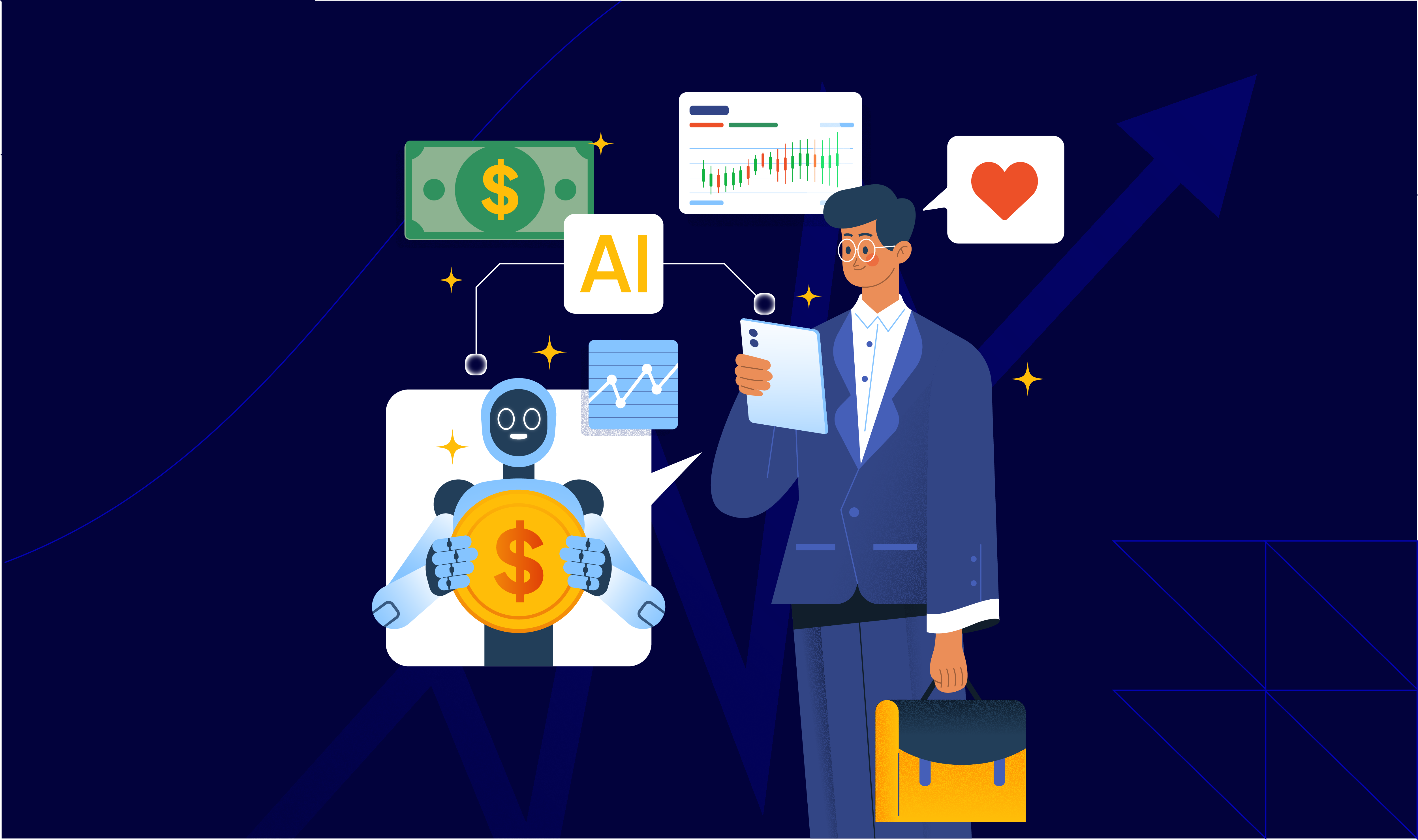
Studies show that the AI market size is expected to grow at an impressive CAGR of 19.20% between 2025–2034(Statista). Currently, most US startups are building products that use AI, particularly in key sectors like:
- Healthcare
- Education
- Financial technology (fintech)
These products are now being used by government agencies to enhance citizen services. Additionally, private businesses are using them to automate tasks, boost productivity, and reduce costs.
So, have you started using AI yet? Atidiv, a CX specialist, uses AI to help businesses grow.
Atidiv specializes in helping consumer brands and D2C companies in the U.S., UK & Australia leverage AI for CX transformation. We offer these services:
- Real-time analytics
- Content moderation
- Automation of finance workflows
- Digital Marketing
- Improved customer interactions
Case Study Example: Atidiv enabled $20M+ in savings while delivering 95%+ quality for a leading business aggregator (read more).
Also, we at Atidiv establish Virtual Delivery Centers (powered by AI). These centers provide 24/7 support and accelerate project timelines. This lets you save up to 60% on operational costs!
Partner with Atidiv today! Let your team focus on what truly drives business success.
FAQs On Citizen Service
1. How is AI in government improving public services in the US?
By using AI, the government automates several tasks like:
- Document verification
- Tax filing
- Subsidy distribution
It also supports 24/7 citizen support through chatbots for government services (that are available in multiple languages). This makes citizen services easier to access for everyone.
2. Can AI in public services reduce fraud?
Yes. AI systems can analyse data patterns to detect fake claims or suspicious activity (particularly in areas like welfare distribution and tax filings).
This allows the government to enhance citizen services by:
- Preventing misuse of funds
- Protecting taxpayer money
- Ensuring that benefits reach the right people
3. What role does AI play in smart cities and urban planning?
Nowadays, government agencies are using AI in:
- Traffic control
- Waste management
- Public safety
For example, smart cameras are being used to manage crowds or detect crimes. In urban planning, AI allows the authorities to make better decisions by analysing data on population, transport, and energy usage.
4. I’m spending too much on ads. Can AI improve my ROI?
By using AI, you, as a business owner, can analyse:
- User behaviour
- Ad performance
Based on the insights gained, try targeting the right audience with the right message. Also, use AI to adjust campaigns in real-time. This improves conversions and allows you to get better returns on every advertising rupee spent.
5. How secure is AI-driven content moderation for my platform?
Leading agencies like Atidiv, use AI tools that constantly scan and filter user content based on your guidelines. This keeps:
- Your platform safe
- Your brand protected
- Your users comfortable
Additionally, by outsourcing to Atidiv, there is no need to hire and manage large moderation teams. Our experts can easily catch harmful, offensive, or fake content. In one project, we delivered 80% time savings, 50% cost reduction and 99% accuracy for a NYC start-up (see case study).
